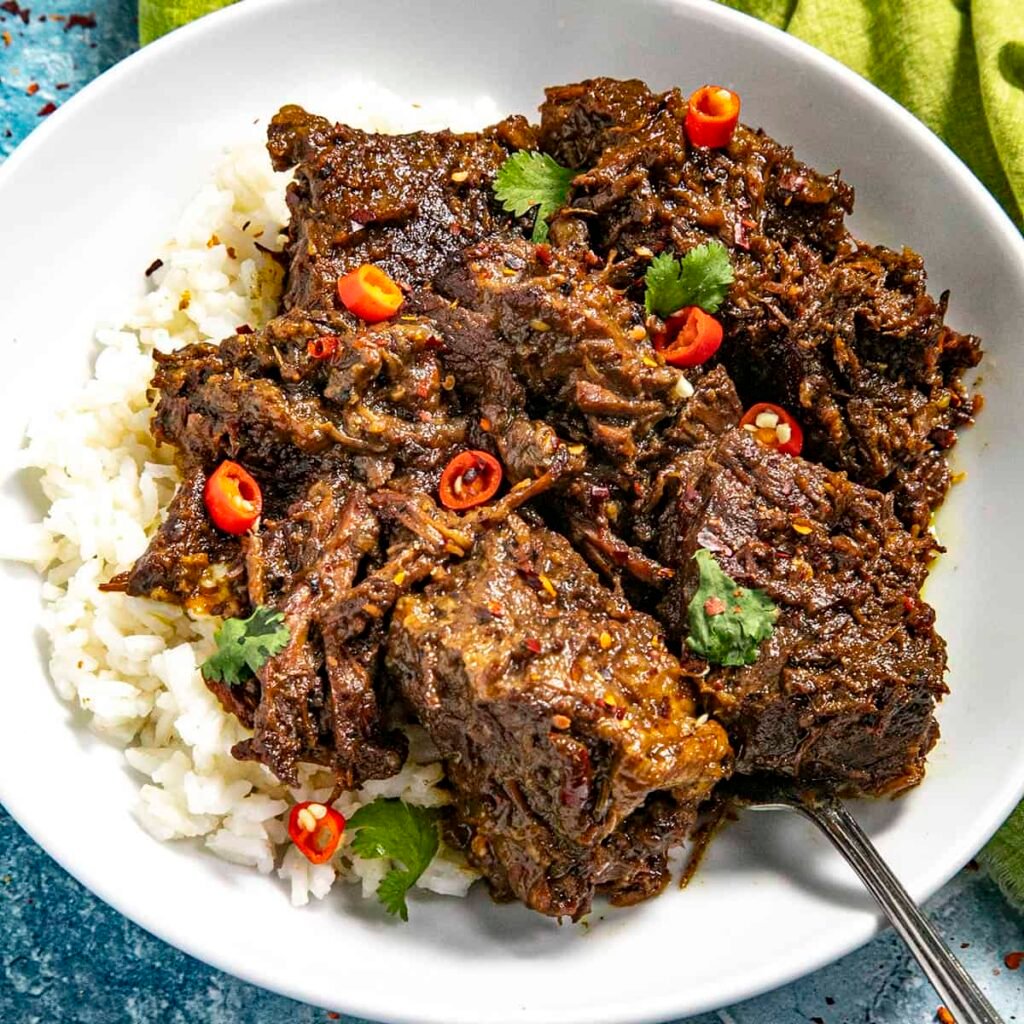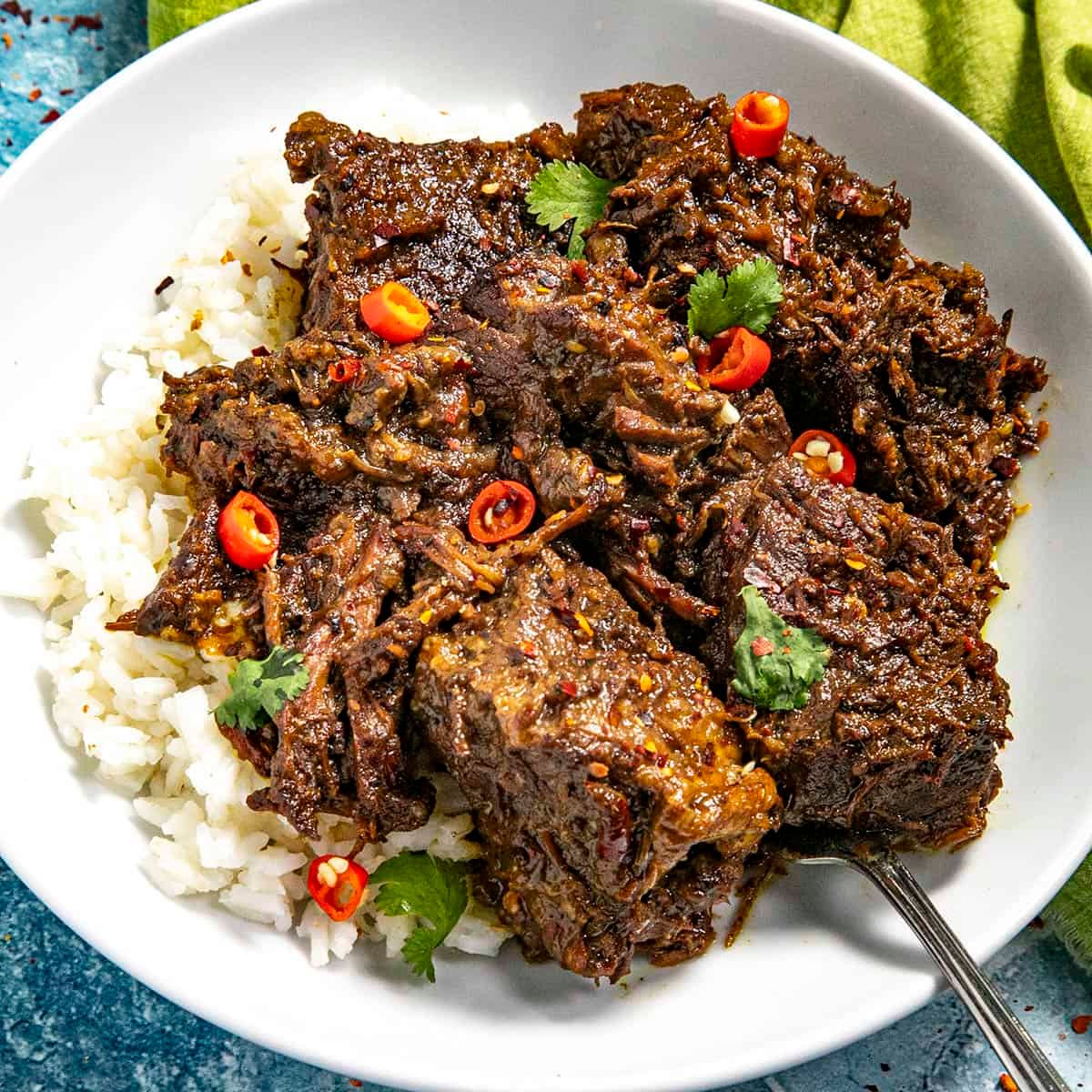
In the realm of culinary delights, few dishes command the level of reverence and adoration as Rendang. Hailing from the lush archipelago of Indonesia, Rendang is more than just a dish; it’s a culinary masterpiece steeped in tradition, flavor, and cultural significance. Join me as we embark on a journey to explore the unique allure of Rendang, uncovering its rich history, intricate preparation, and the profound cultural resonance that has made it a cherished treasure in Indonesian cuisine.
A Tapestry of Tradition
To understand Rendang is to delve into the rich tapestry of Indonesian culture. Originating from the Minangkabau ethnic group of West Sumatra, Rendang is deeply intertwined with the customs and traditions of its people. Its roots can be traced back centuries, with recipes passed down through generations, each one a testament to the culinary ingenuity and cultural heritage of Indonesia.
Legend has it that Rendang was originally created as a means of preserving meat in the tropical climate of Indonesia. By slow-cooking beef with an array of aromatic spices and coconut milk, the Minangkabau people developed a method that not only extended the shelf life of the meat but also transformed it into a dish of unparalleled flavor and complexity.
The Art of Preparation
At the heart of Rendang lies its intricate preparation, a process that requires patience, skill, and a deep understanding of flavor. The journey begins with the selection of the finest cuts of beef, typically lean and marbled with just the right amount of fat to impart richness and succulence to the dish.
The magic of Rendang lies in its spice paste, known as “bumbu,” a harmonious blend of ingredients that forms the foundation of its flavor profile. While the exact composition of the bumbu can vary from one recipe to another, it often includes a combination of shallots, garlic, ginger, galangal, lemongrass, turmeric, chili peppers, and aromatic spices such as cloves, cinnamon, and cardamom.
Once the bumbu is prepared, it is gently sautéed in coconut milk until fragrant, releasing its intoxicating aroma and infusing the coconut milk with a depth of flavor. The beef is then added to the pot, along with additional coconut milk and a generous sprinkling of kaffir lime leaves, whose citrusy fragrance adds a refreshing contrast to the richness of the dish.
What sets Rendang apart is its slow-cooking process, which allows the flavors to meld and intensify over time. The dish is simmered gently over low heat, sometimes for several hours, until the sauce thickens and the beef becomes tender and infused with the essence of the spices.
A Symphony of Flavors
The beauty of Rendang lies in its complexity of flavors, a symphony of sweet, spicy, savory, and aromatic notes that dance on the palate with each bite. The slow-cooking process allows the flavors to develop and deepen, resulting in a dish that is at once bold and nuanced, comforting yet exhilarating.
One of the defining characteristics of Rendang is its rich, caramelized sauce, which coats the tender pieces of beef with a velvety sheen. This sauce is the result of hours of slow cooking, during which the coconut milk reduces and thickens, intensifying in flavor and complexity.
But Rendang is more than just a dish; it’s a culinary journey that transports the senses to the vibrant streets of Indonesia, where the aroma of spices fills the air and the sizzle of cooking food is music to the ears. It’s a celebration of tradition, culture, and the simple joys of sharing a meal with loved ones.
Cultural Significance
In Indonesian culture, Rendang holds a special place as a dish of great significance, often served during festive occasions, religious ceremonies, and family gatherings. It is a symbol of hospitality and generosity, embodying the spirit of community and togetherness that is central to Indonesian society.
Beyond its cultural significance, Rendang has also captured the hearts and palates of food enthusiasts around the world, earning accolades and accolades for its exquisite flavor and culinary artistry. In 2011, Rendang was honored as the “World’s Most Delicious Food” by CNN Travel, cementing its status as a global culinary icon.
Conclusion
In the vast tapestry of world cuisine, few dishes can rival the allure and mystique of Rendang. With its rich history, intricate preparation, and unparalleled flavor, it stands as a testament to the culinary ingenuity and cultural heritage of Indonesia.
As we savor each mouthful of this culinary gem, let us not only indulge in its exquisite flavors but also pay homage to the traditions and customs that have shaped its creation. For in Rendang, we find not just a dish, but a story—a story of tradition, flavor, and the enduring spirit of culinary craftsmanship.










